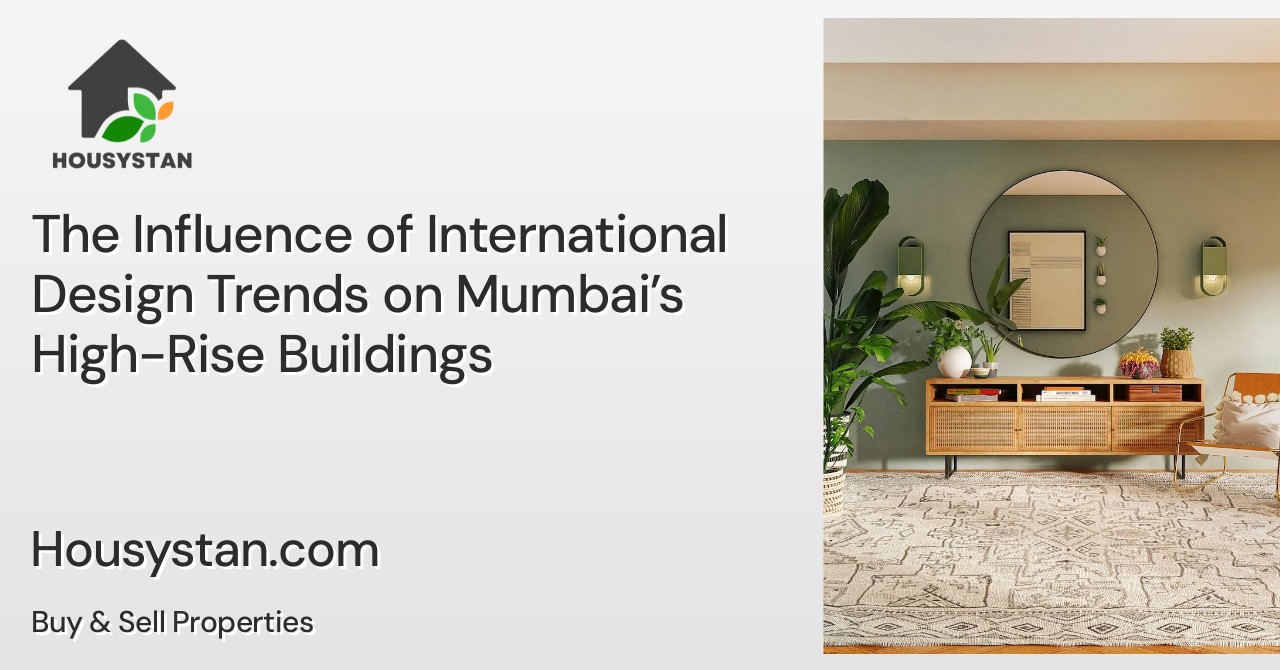The Influence of International Design Trends on Mumbai’s High-Rise Buildings
Read latest blogs and articles from Housystan

The Information mentioned here was last updated on:
27/11/2025Mumbai, recognized as India’s financial capital, has witnessed a remarkable transformation in its skyline over the past decade. The city’s high-rise buildings no longer just serve a functional purpose; they now reflect a fusion of global architecture and innovative design philosophies. This evolution is primarily driven by the influence of international design trends, which are shaping the modern landscape of Mumbai’s vertical growth.
One significant factor contributing to this shift is the increasing collaboration between local developers and renowned global architects. As Mumbai competes with metropolitan cities worldwide, there is a strong emphasis on creating structures that offer both aesthetic appeal and sustainable solutions. Concepts like vertical gardens, energy-efficient facades, and intelligent building management systems—popularized in cities like Singapore, Dubai, and New York—are now becoming integral features in new projects across Mumbai’s prominent neighborhoods, including Worli, Lower Parel, and Bandra.
Adapting to international standards, many high-rise developments in Mumbai incorporate open-plan layouts, floor-to-ceiling windows for natural light, and luxury amenities that mirror those found in London or Hong Kong. Additionally, the use of environmentally friendly materials and green certifications such as LEED and IGBC are gaining traction among Mumbai’s real estate stakeholders. These advancements not only enhance the living experience but also contribute to a healthier urban environment, aligning with global sustainability goals.
- Verified Tenants/Buyers
- Unlimited Property Listing
- Zero subscription/charges fee
Moreover, the city’s evolving skyline is a testament to its growing cosmopolitan identity. Iconic towers like The World Towers in Lower Parel and Omkar 1973 in Worli showcase cutting-edge architecture inspired by international benchmarks. The adoption of seismic-resistant structures and advanced construction technologies, often seen in Tokyo and New York, further strengthens Mumbai’s position as a leader in high-rise innovation.
For investors, homebuyers, and urban enthusiasts, understanding the impact of international design on Mumbai’s high-rises is crucial. This ongoing transformation not only elevates the city’s global stature but also sets new benchmarks for quality and luxury in the Indian real estate sector. As Mumbai continues to embrace these dynamic trends, its skyline will remain a symbol of progress and modernity, appealing to residents and visitors alike.